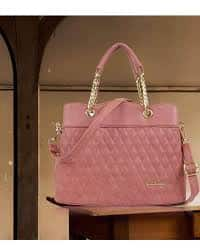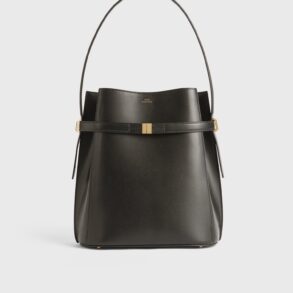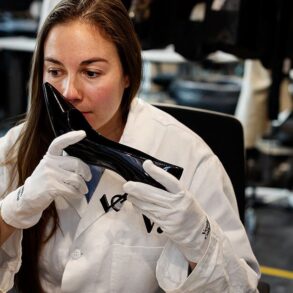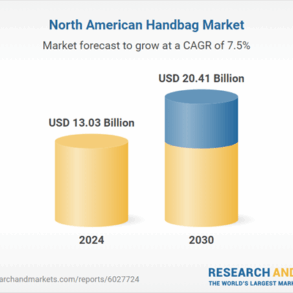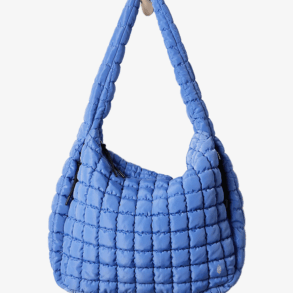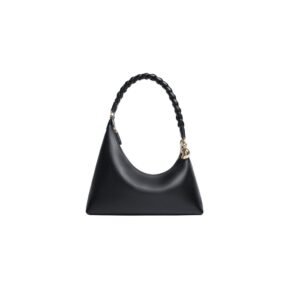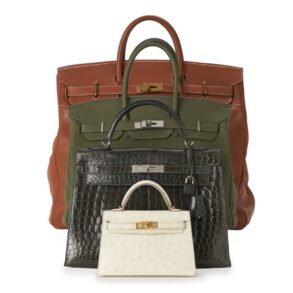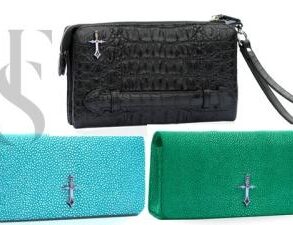As the demand for sustainable fashion rises, brands like No.49 are pioneering efforts to create stylish, eco-friendly products without the environmental costs associated with traditional materials. One major area of concern is animal leather, which has long been favored for its durability but carries significant ecological consequences, from deforestation to water pollution. Recognizing these impacts, No.49 is committed to providing a sustainable alternative, using innovative materials and practices that promote environmental responsibility without compromising on style.
Why Sustainable Brands like No.49 are Ditching Animal Leather
Animal leather production significantly impacts the environment through various channels. The cattle industry, a primary source of leather, is a leading cause of deforestation, particularly in regions like the Amazon rainforest. Cattle ranching accounts for 80% of deforestation in the Amazon, leading to biodiversity loss and increased carbon emissions1. Additionally, livestock farming contributes substantially to greenhouse gas emissions2. The leather tanning process further exacerbates environmental harm (not to mention human health!) by releasing pollutants into water systems, causing eutrophication and creating “dead zones” where aquatic life cannot survive. These factors – and more – collectively highlight the environmental challenges associated with traditional leather production.

Images provided by No.49
Materials used for No.49 Sustainable Handbags
No.49 is dedicated to sustainability, utilizing eco-friendly materials such as apple leather, bamboo leather, recycled polyurethane, and raffia. Apple leather is crafted from upcycled apple industry waste, reducing landfill contributions and methane emissions. Bamboo leather, derived from rapidly renewable bamboo plants, requires minimal water and no pesticides, making it a sustainable alternative to traditional leather. Recycled polyurethane repurposes existing materials, decreasing reliance on virgin resources and minimizing waste. Raffia, sourced from the leaves of the raffia palm, is biodegradable and harvested sustainably, further reducing environmental impact. No.49 also incorporates recycled cotton, which reduces water and energy consumption compared to conventional cotton production and diverts textile waste from landfills. By integrating these materials, No.49 Handbags effectively combines style with a strong commitment to environmental responsibility.
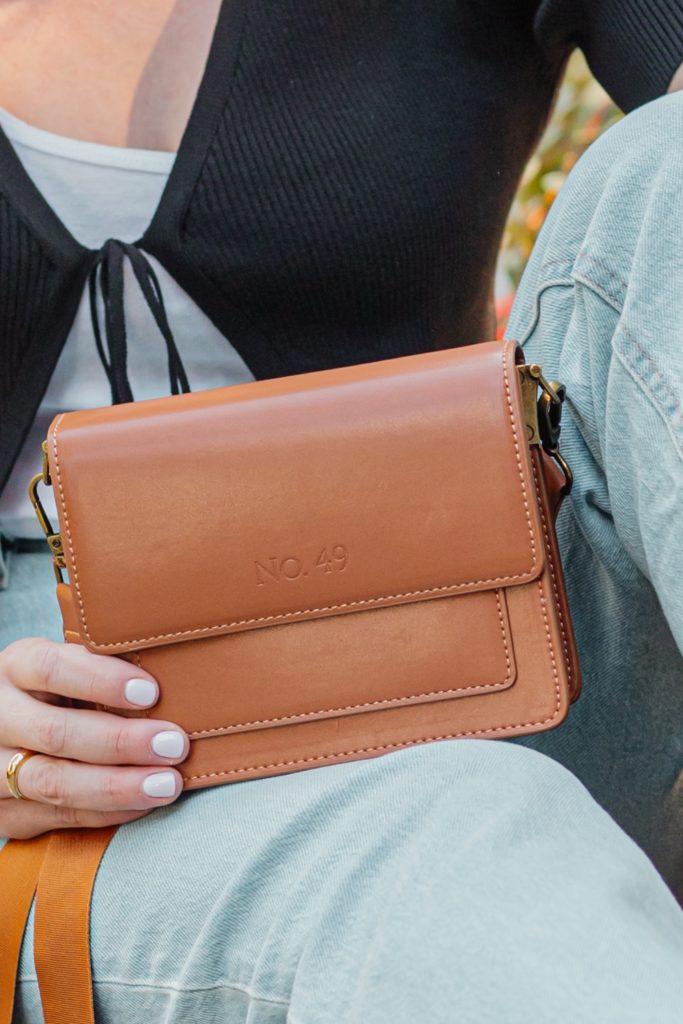
Images provided by No.49
No.49 Offsets Carbon
The premium No.49 handbag brand is dedicated to mitigating the environmental impact of e-commerce deliveries by supporting innovative carbon removal initiatives. For every order received, the company calculates the estimated carbon emissions and contributes to projects that actively remove carbon dioxide from the atmosphere. This approach not only offsets the carbon footprint of shipping but also supports the development of groundbreaking technologies aimed at addressing climate change. By integrating these practices, No.49 is carbon-neutral and ensures that their operations align with their dedication to environmental responsibility.

Images provided by No.49
No.49 Removes Plastic from our Oceans
No.49 actively contributes to ocean conservation by partnering with CleanHub to remove plastic waste from marine environments. For every handbag sold, the company ensures the collection of 2 pounds of plastic, preventing it from polluting our oceans. This initiative not only aids in reducing marine pollution but also supports local communities by creating sustainable jobs in coastal regions. As of 2024, No.49 has facilitated the recovery of over 1,172 pounds of plastic waste. Customers can monitor the brand’s ongoing environmental impact through their detailed CleanHub impact report, which provides transparent insights into the positive outcomes of their purchases.
No.49 exemplifies a new wave of conscious handbag fashion, offering consumers a choice that aligns with their values and the planet’s well-being. From avoiding animal leather to using renewable materials and supporting ocean cleanup initiatives, No.49 proves that style and sustainability can go hand in hand. As more brands adopt these practices, consumers have a greater opportunity to make choices that not only reflect their personal style but also contribute to a more sustainable future.
Presented by APG
This post was originally published on this site be sure to check out more of their content.









